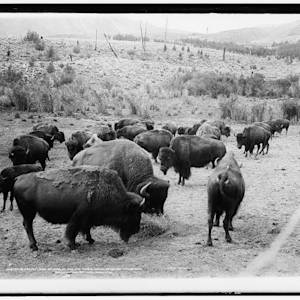Alpine ibex, Gran Paradiso Reserve
1922 CE • Italy
The alpine ibex, once a common sight across Italy, Switzerland, Austria, France, and Slovenia, experienced a steep decline that nearly drove the species to extinction. This decline was the result of multiple factors, including poaching, overharvesting, and increasing human pressure that began in the 16th century. "By the 18th century, these sharp horned goats were gone from Germany and Switzerland. By the 19th century, they had disappeared from Austria and northeastern Italy as well. The situation devolved into something dire: at one point, the only remaining territory where alpine ibex climbed the snowline was the Gran Paradiso and Vanoise Massifs. There were less than 100 of them. This area (Located in the western Italian Alps and the Maurienne valley) then became a park in an attempt to save the species. At the time, Victor Emmanuel II, the first king of a united Italy named it as a “Royal hunting reserve of Gran Paradiso”. It became an official national park in 1922," and the first national park in all of Italy. "With these actions, the number of individuals had gone from nearly extinct to over 3,000 . . . [T]his recovering population naturally spread to adjacent areas." The Alpine ibex population numbers are now considered to be over 30,000 individuals.
Eric Ralls, "All About the Mysterious Alpine Ibex," Earth.com.
Image: DaPuglet via Flickr, Attribution-ShareAlike 2.0 Generic (CC BY-SA 2.0)


Learn about Maya Lin’s fifth and final memorial: a multi-platform science based artwork that presents an ecological history of our world - past, present, and future.

Discover ecological histories and stories of former abundance, loss, and recovery on the map of memory.

Learn how we can reduce our emissions and protect and restore species and habitats – around the world.

See how art can help us rethink the problems we face, and give us hope that each one of us can make a difference.

Help make a global memorial something personal and close to home. Share your stories of the natural world.


